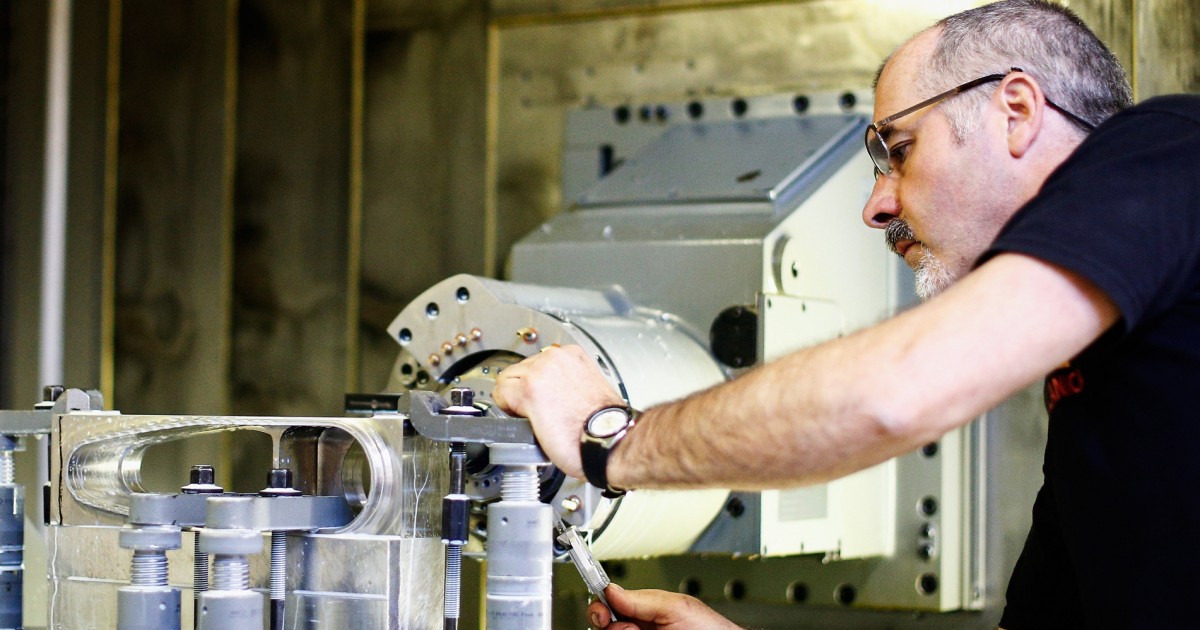
Bone Density
Bone density refers to the amount of mineral matter per square centimeter of bones. In space and astronautical engineering context, bone density is an important factor to consider for astronauts who spend extended periods of time in microgravity environments. In microgravity, the lack of gravitational force causes bones to lose density and become weaker, leading to a condition known as spaceflight osteopenia. This can increase the risk of fractures and other bone-related injuries during space missions. To combat this, astronauts engage in regular exercise and take calcium and vitamin D supplements to maintain bone density. Additionally, researchers are exploring the use of artificial gravity and other countermeasures to prevent bone loss in space.
Your Previous Searches
Random Picks
- Attitude Dynamics: In the context of aerospace engineering, Attitude Dynamics refers to the study of the orientation of a spacecraft in space and how this orientation changes over time due to the application of external torques. These torques can be caused by ... Read More >>
- Biomarkers: Biomarkers are measurable indicators of biological processes, disease, or response to treatment. In the context of space and astronautical engineering, biomarkers can be used to monitor the health of astronauts during spaceflight and to ass ... Read More >>
- Vibration Dampers: Vibration dampers are devices used to reduce or eliminate unwanted vibrations in spacecraft and launch vehicles. These vibrations can be caused by a variety of factors, including engine combustion, aerodynamic forces, and mechanical resonan ... Read More >>
Top News

A day at Uranus just got 28 seconds longer...
A day at Uranus just got a little longer...
News Source: ABC News on 2025-04-07

SpaceX's Fram2 returns from first-of-its-kind mission around Earth's poles...
The Fram2 mission, paid for and led by a cryptocurrency billionaire who is flying with three guests, has returned after a journey on a unprecedented polar orbit....
News Source: CNN on 2025-04-04

Scientists release plans for an even bigger atom smasher to address the mysterie...
GENEVA — Top minds at the world’s largest atom smasher have released a blueprint for a much bigger successor that could vastly improve research into the remaining enigmas of physics....
News Source: NBC News on 2025-04-01

Scientists release plans for even bigger atom smasher along the French-Swiss bor...
Scientists at the world’s largest atom smasher have released a blueprint for a much bigger successor that could help solve enigmas of physics, starting in the mid-2040s at a cost of about $16 billio...
News Source: ABC News on 2025-04-01

The 'Blaze Star' hasn't exploded yet, but it could soon...
T Coronae Borealis has an outburst every 79 to 80 years, according to NASA....
News Source: ABC News on 2025-03-28